Data Science For Everyone
Gut feeling used to be the biggest asset of successful businessmen in the past. Nowadays, intuition still plays an important role, but with all the available knowledge and technologies, there has been a significant shift. One of the most important sources of a competitive advantage these days is data. Big Data is a hype and undoubtedly a bandwagon to jump on. But how?
There is hardly a business that does not deal with data on a daily basis. Firms collect data on their customers, employees, operations, machinery performance, energy consumption, processes - the list goes on and on. With a touch of data science, this data can be transformed from annoying storage costs into useful insights. And we are no longer talking only about corporate giants, such as banks, big manufacturers or telecommunication service providers. It is true that data science used to be a privilege accessible only to the established companies, who could afford to employ their own team of data experts or hire an external consulting company. But this has changed as well.
Even smaller e-shops, retailers or startups collect more and more data every day. Small and medium-sized enterprises represent 99% of all businesses in the EU and the ratio is more or less similar across the globe. “We have realized that these firms come across the same challenges as their larger counterparts albeit on a smaller scale. In order to keep the business going, they need to keep the customers happy, the costs low, and the profits high. Therefore they too can benefit from data science solutions,” says Juraj Kapasny, co-founder of data science consulting startup Knoyd. The most important thing to figure out was how to make data science affordable for everyone. “When dealing with smaller companies, personal approach is the key. They do not expect a team of sales reps in fashionable suits to impress the non-technical people in the room with catchy slogans and presentations. They want to see that we care about them and that we can deliver on our promises. Another major difference is that we do not use expensive software, but rather open source frameworks such as R, Python or Spark, which are the alpha and omega for the data scientists anyway. Consequently, you pay only for the time spent working on your project. In the end, it is the same data scientist delivering the same high-quality solution only without the glitter that makes it all so expensive.”

The problem is that the companies often do not know where to start. Although nearly all entrepreneurs are now familiar with the term data science, its meaning still remains rather obscure. It is used to describe pretty much anything from Google Analytics and business intelligence to predictive modeling, data engineering or machine learning. The reason is that, when it comes to data science, there is no one-size-fits-all solution. Naturally, there are some common business applications, for instance, credit scoring for financial institutions, churn prediction for telco and internet providers, or predictive maintenance for manufacturers, which can be, after some customization and adjustments, applied across these industries. However, most of the solutions are designed from scratch and tailored to meet the specific needs of a given company. Besides, companies seek help in different stages of their data science efforts. Some are data science newbies who need a complete solution including advice on what data to collect and how, while others just need a push in the right direction, like the refinement of an existing recommendation engine for e-commerce or enhancement of a current credit scoring model.

Most of the companies are still closer to the newbie end of the spectrum and do not have the perfect recipe to successfully use data science to their advantage yet. Hence, if there is an innovative entrepreneur who wants to enter into the realm of data science without previous experience, we are facing a seemingly unsolvable situation. On the one hand, we have a company which wants to know what the data scientist can do for them and on the other hand, we have a data scientist who needs to see the data before drawing any conclusions. “After signing an NDA, it takes us usually about a week or two, depending on the size and structure of the client’s data, to analyze it, determine what we can do for them, and estimate the time and cost of such a project. We call this step the opportunity analysis and we guarantee that, if we do not find any opportunities or when we do find something and the client decides to proceed with the suggested project with us, this analysis is free of charge. So there is basically no risk from the customer’s perspective. This phase is very important for both sides − we are establishing a relationship with the customer and showing them what their data is capable of. After that it is up to the client to decide whether they wish to go further or not,” Juraj explains.
As it is often the case, the first step is usually the hardest. As soon as you try it, you will see for yourself that there is no black magic behind data science. There is just a skilled person, acting as a middleman, translating from the language of your data to the business terms you are familiar with. You will be able to better understand both your company and your customers and to achieve more with fewer resources. Once you see it works, you can start thinking about other aspects of your business where data science can be deployed. Or not. If data does not persuade you, you still have your intuition to rely on.

